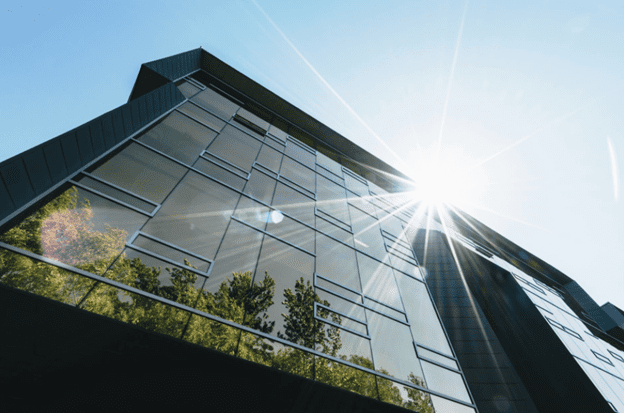2022 is here and though commercial construction slowed in 2021, industry experts are looking for it to pick up again in the coming months. While there will still be a demand for residential projects, understanding what’s in-demand for commercial construction will help create desirable buildings for your tenants and cost-cutting opportunities for you.
But to understand where we’re going, let’s take a look at where we’ve been.
2021 Economics
One of the most critical trend predictors is the economy. The availability of lumber, iron, millwork, stone, etc., and how much they cost will shape how the next generation of commercial construction will be done and how much of it there will be.
In 2021, we saw lumber prices skyrocketing as supplies declined. We noticed the same thing for other building materials like iron, millwork, stone, and other much-needed commercial construction materials. This not only leads to increased budgets, but it also leads to increased lead ties or large projects being paused indefinitely.
Industry leaders are forecasting for 2022 an increased demand for retrofitting existing buildings. With new needs for health and safety stemming from the pandemic, many existing businesses are going to invest in making their current structures ready for post-pandemic needs and demands. Investors see this as a time for new opportunities and new business models, leading to a broader construction recovery in the new year.
Commercial Construction Trends
- Modular Building
We’ve mentioned modular building before, and it’s a trend that’s not going away. Climate controlled, ventilated, and built for social distancing, in demand modular construction will continue to grow in popularity as labor and material shortages make traditional construction more difficult. Modular buildings are also leading the way in cost-cutting technology, making it a more attractive option for commercial buildings. - Green Building
Horizontal building, greenscaping, social distancing-friendly outdoor and open air spaces, energy-saving technologies: all of this will continue to be in demand for both commercial and residential builders. Not only do green buildings reduce your carbon footprint and save you money in energy over time, it’s also been shown to make occupants happier; studies have shown an improvement both psychologically and physically. - Smart Cities
Cisco, IBM, and Microsoft are all investing billions of dollars in smart city “megaprojects” to help build smarter, more sustainable cities. Smart cities are built with an infrastructure that is based on sustainable, automated, and thoughtful technology. The point of this is to create cities where people can live and work, while being able to access what they need to live a better life.
Moving into 2022, you’ll want to be prepared for increased demand in energy-saving, sustainable, and modular commercial projects.
The Bottom Line
While a lack of skilled labor and an increase in materials make commercial construction projects a bit more arduous, understanding and implementing strategies that move with the trends can help you save money in the long run.
Occupants are more likely to utilize smart, green spaces that take their employees and their health seriously. Following these new demands not only makes your space more attractive to tenants, but it also saves you money over time. Renewable energy sources are also the cheapest energy sources, and buildings that invest in either new green buildings or green energy retrofits result in 20% lower maintenance costs as well as a 10% decrease in operating costs per year.
